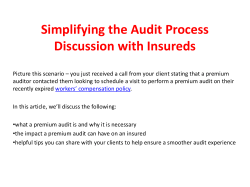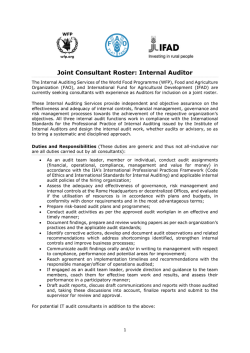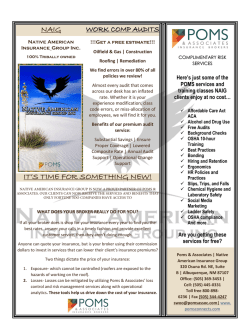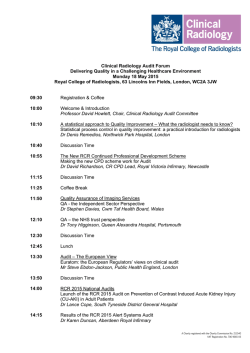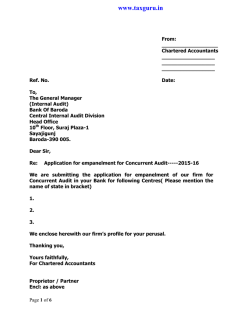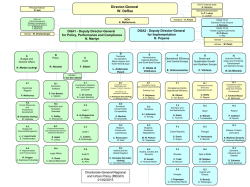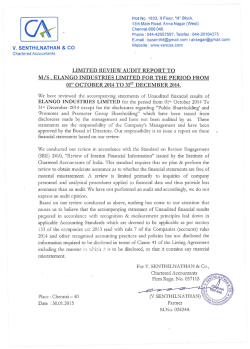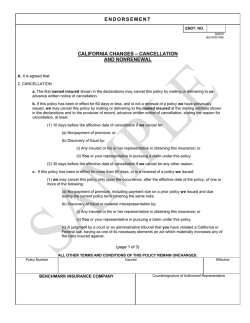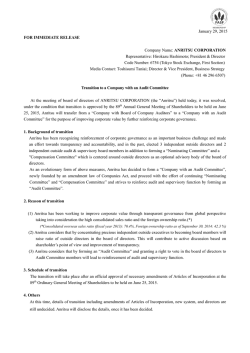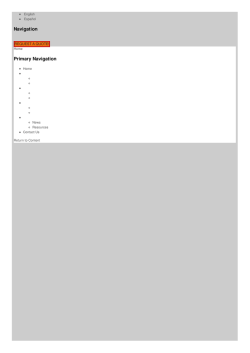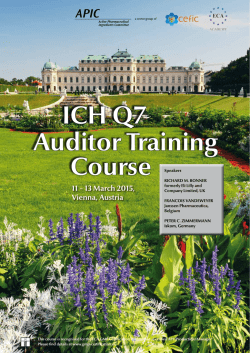
Simplifying the Audit Process Discussion with Insureds
Simplifying the Audit Process Discussion with Insureds Picture this scenario – you just received a call from your client stating that a premium auditor contacted them looking to schedule a visit to perform a premium audit on their recently expired workers’ compensation policy. In this article, we’ll discuss the following: •what a premium audit is and why it is necessary •the impact a premium audit can have on an insured •helpful tips you can share with your clients to help ensure a smoother audit experience Insurance Audit Process – The Basics An insured’s policy is issued based on estimated exposures. These are typically payrolls and classifications. The advance or deposit premium is calculated based on these estimated and projected exposures. The final premium is determined, through the premium audit, after a policy ends by using the actual, not the estimated, exposures to make sure that the insured’s final policy premium is proportionate to the actual exposures realized throughout the term of their policy. At the end of the insured’s policy term, an audit professional will contact them to perform a review of their operations, records and books of account. Based on the outcome of the premium audit, an adjustment may be made resulting in either an increase or decrease to their deposit premium. Helpful Tips for a Better Insurance Audit Process To help assist your discussion with the insured for simplifying the audit process, we offer the following tips: 1. Be prepared. The auditor will need access to the insured’s records, and depending on the type of coverage being audited, these records may include: payroll reports, overtime earnings, 941s, state unemployment reports, general ledgers and certificates of insurance if they sublet any of their operations. Instruct the insured to compile the applicable financial records and put together a complete and organized audit file prior to the visit. Have all information accessible and readily available. 2. Designate a knowledgeable staff member to work with the auditor. Inform the insured to choose a representative of the company who is familiar with the financial records and the daily operations of the business. For example, workers’ compensation policies are based on designating employees to their proper classification. It is imperative that the insured’s audit contact is knowledgeable on the specific job duties of employees and that contact is able to assist the auditor with any questions. 3. Encourage the insured to ask questions during the audit.Suggest to insureds that they ask the auditor to clarify anything they do not understand. 4. Counsel the insured to conduct a final review with the auditor.At the conclusion of the audit, the insured should review the auditor’s findings. This is also known as the exit interview, and the insured’s representative and the auditor should recap the audit results to ensure that they are accurate. The Importance of an Audit The premium audit is a very important function. Not only does it determine the final premium for an insurance policy, but the data collected at audit (payrolls, class codes and claims data) is later submitted to rating organizations (NCCI and independent bureaus) to be used in developing experience modifiers and loss costs. It is paramount that the premium audit is accurate, verified, and in compliance with mandated rules and regulations. So the next time an insured calls with questions about the premium audit process, you can advise them that being prepared, having records readily available, designating the appropriate audit contact, and working closely with the auditor can help avoid some of the common mistakes and pitfalls that can result in an inefficient or ineffective audit experience. Article Source: For more details about AMT Warranty feel free to visit: http://blog.amtrustgroup.com/policywire/insurance-audit-process-101
© Copyright 2026
